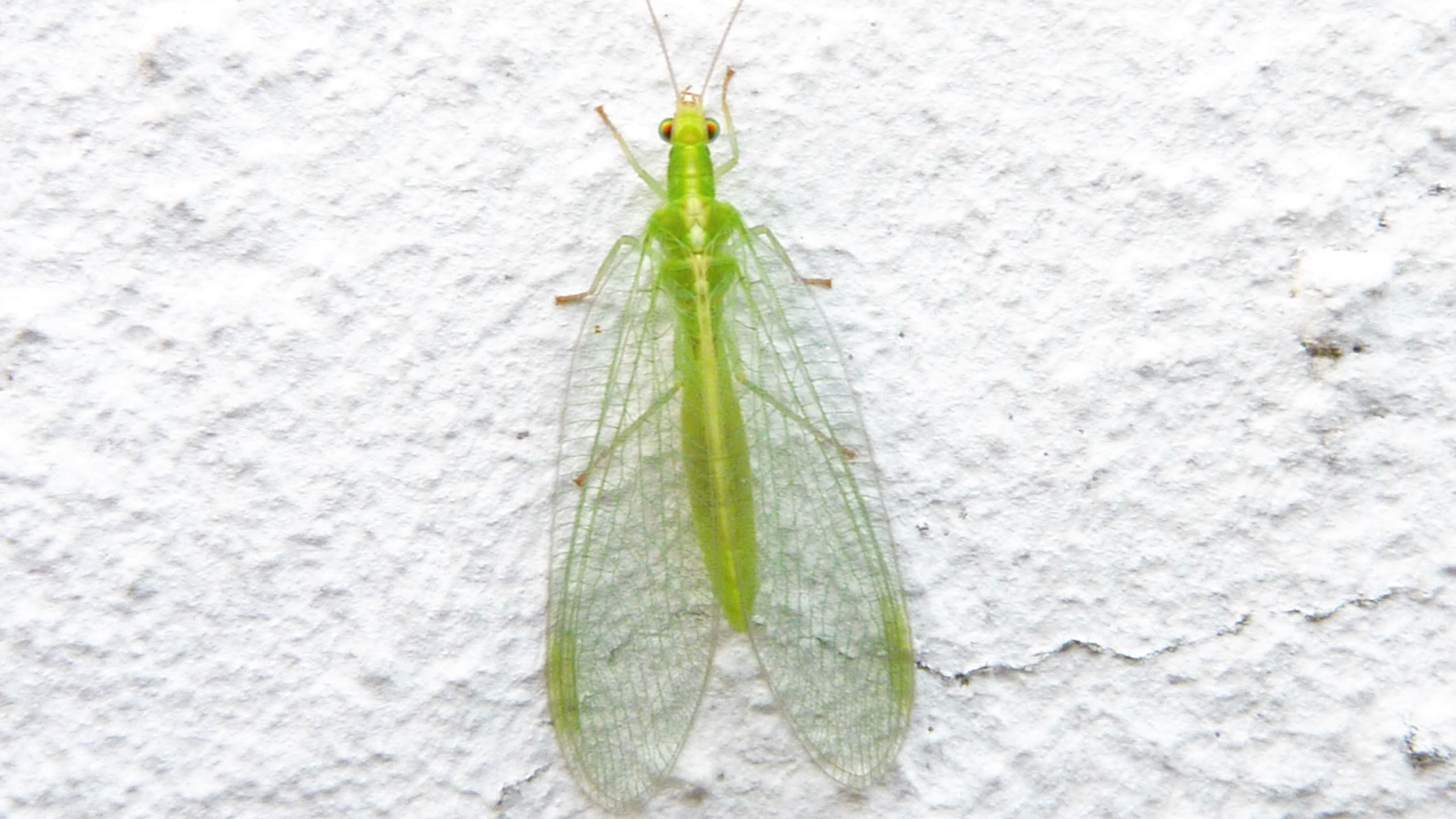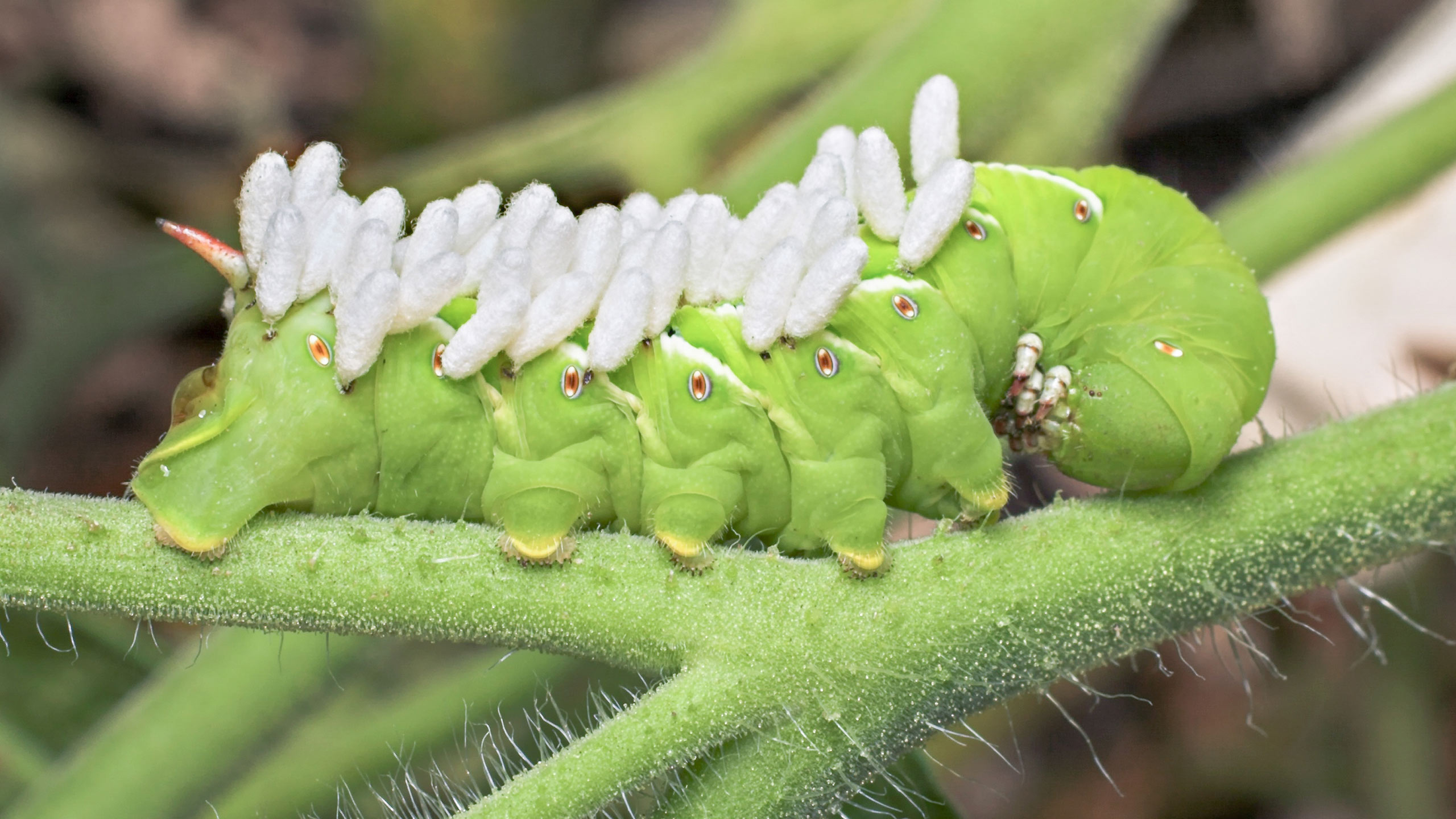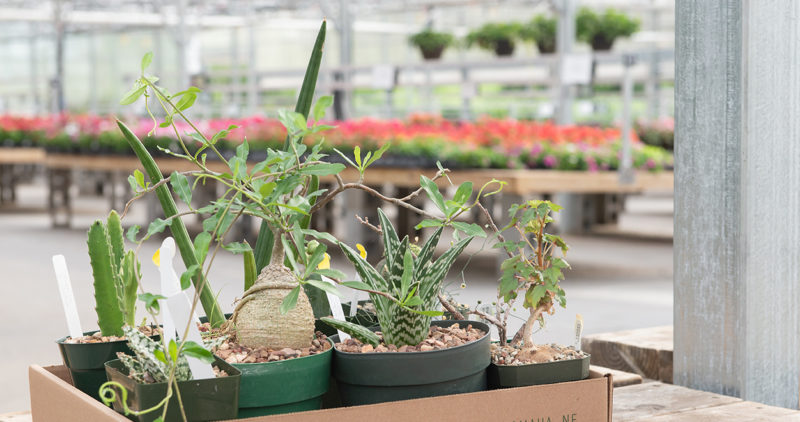
Do you have an area in your garden devoted to attracting and supporting pollinators? Or are you planning to start one? If so, come join us on Saturday, July 21st at 9am for the first seminar in this year’s Backyard Naturalist series, Pollinator Gardens. We’ll cover all the ways we can use our own landscapes to provide critical habitat for these vital members of our urban ecosystems.
And here, we share about one of the benefits you might not even realize you’re getting from your pollinator garden too – known to scientists as “conservation biological control.”

The Work of Natural Enemies
Of course there are the well-known honey bees and butterflies commonly associated with pollinator gardens, but there’s a hugely diverse group of other insects that collect pollen and nectar too. And many of these insects also play an important role in your landscape by keeping unwanted insect pests at bay. Collectively known as “natural enemies,” they primarily work in one of two ways.
One group – known as “predators” – just out-right eat their prey, consuming sometimes hundreds or thousands of insects during their lifetime. A well-known example are the various lady beetles, most of which are avid predators of aphids and other insect pests – both as adults and as larvae. Hover flies are another example. Adult hover flies – often mistaken for bees or wasps – spend their time hovering above flowers looking for nectar. Their larvae are tiny caterpillar-like maggots that devour aphids, mealybugs, and small caterpillars by the dozens every day. And there’s also the beautiful green lacewings with their large, pale-green, lace-like wings and large, beady eyes. Their larvae – resembling tiny alligators with long pinching mouthparts – have a voracious appetite for aphids, mealybugs, spider mites, thrips, and whiteflies.
But the second group of natural enemies – known as “parasitoids” – are a little more bizarre. They work by laying their eggs inside the body of another insect. The offspring then complete their development – consuming the insect from the inside-out. Many of these parasitoids are nearly microscopic wasps that you may easily never notice. A common example might be found among your tomato plants. If you’ve ever seen a giant green caterpillar covered with what resembles white rice, these are immature wasps that have just finished consuming the guts of the caterpillar and have emerged to create their silken cocoons. Once they reach adulthood, they’ll be ready to find more tomato-eating caterpillars to lay their eggs. This whole process of course means the caterpillar won’t complete its development or produce more caterpillars to destroy your tomato plants.

Planting to Conserve Natural Enemies
Although the larvae of these natural enemies do most of the work killing unwanted pests in the garden, the adults often rely on nectar and pollen for energy to live longer lives and reproduce in greater numbers. So, by planting a pollinator garden, you’re not only supporting important pollinators, but you’re also helping build an ecosystem where insect pest populations are better kept in check. This idea of creating a habitat for natural enemies to help control pest populations is termed “conservation biological control.” And it’s something that we can easily do in our backyards.
Fortunately, natural enemies are attracted to many of the popular flowers we already include in our pollinator habitats. But, because their mouth parts are different than those of many of our favorite pollinators, they tend to prefer flowers with more shallow blooms. Some perennial examples include coreopsis, yarrow, aster, goldenrod, and Queen Anne’s lace. Annual plants like zinnia, sweet alyssum, dill, lavender, and coriander are all good options too.
Join Us to Learn More
If you like the idea of helping our important pollinators – and having more natural enemies in your garden – join us on Saturday, July 21st, at 9am to learn more. We’ll cover all the basics in Pollinator Gardens as we kick off this year’s Backyard Naturalist seminar series.


